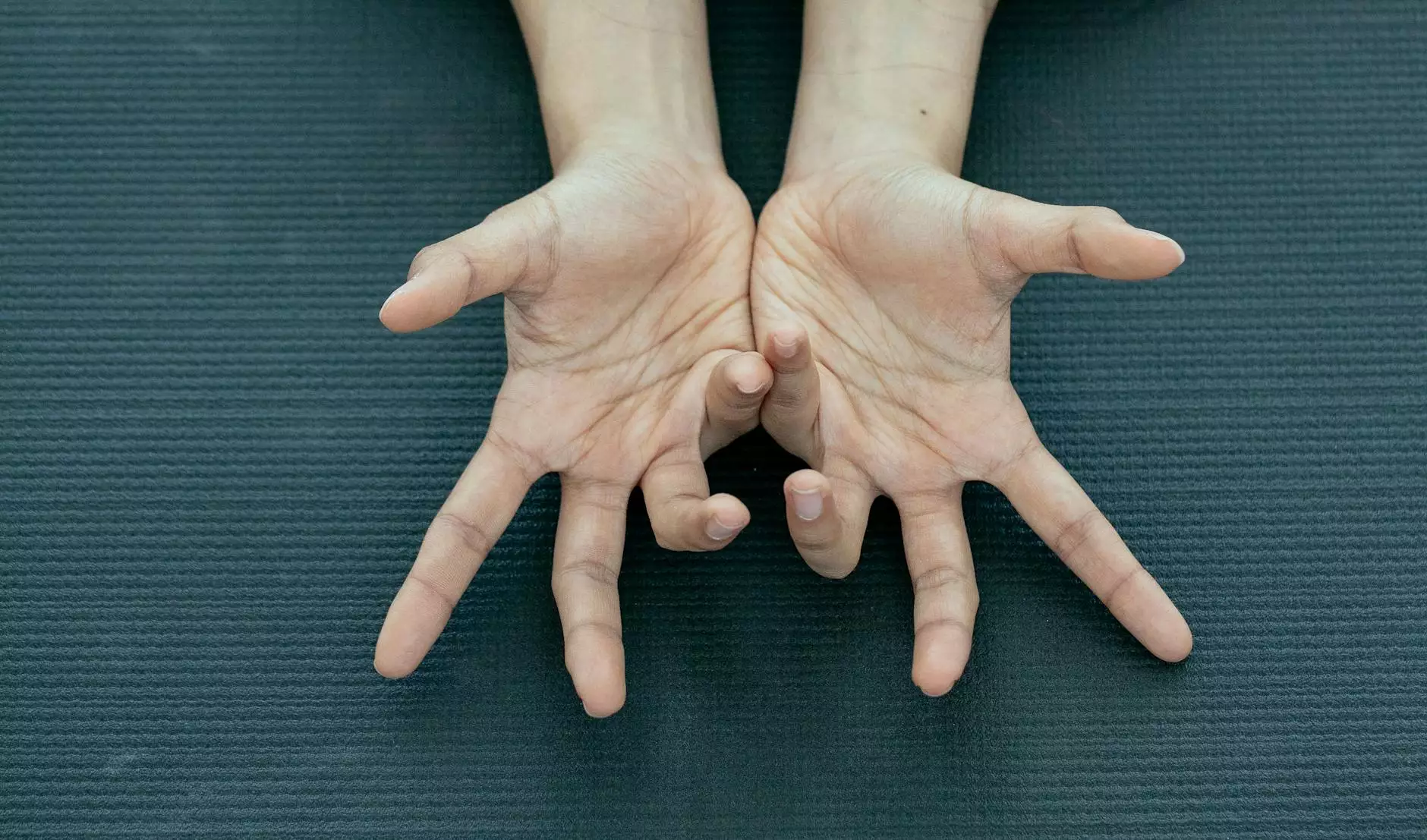What is Fabric Conditioner?

Fabric conditioner, also known as fabric softener, is a laundry product designed to improve the feel and performance of fabrics. While many people may have used fabric conditioner in their laundry routines, the detailed understanding of its benefits, applications, and implications can be quite enlightening. In this article, we will delve into various aspects of fabric conditioner, including its functions, types, and usage tips. We aim to provide you with a comprehensive resource that can enhance your laundry experience.
Understanding Fabric Conditioner
At its core, fabric conditioner is a product that works by coating the fibers of fabrics, which helps to reduce static cling, enhances softness, and often imparts a pleasant fragrance. This is particularly important for those looking to elevate their laundry to a fresh and luxurious feel. The question that many encounter is, what is fabric conditioner made of? Let's explore this further.
Composition of Fabric Conditioners
Fabric conditioners typically consist of cationic surfactants, which are positively charged molecules that interact with negatively charged fibers, thus providing a softening effect. In addition to surfactants, you may find other ingredients including:
- Fragrances: To impart a lasting scent to clothes.
- Preservatives: To keep the formula effective over time.
- Colorants: For aesthetic appeal in liquid fabric softeners.
- Other conditioners: To enhance flexibility and reduce wrinkles.
Types of Fabric Conditioners
Fabric conditioners come in various forms. Understanding these can help you choose the right type for your laundry needs:
1. Liquid Fabric Conditioners
Liquid fabric conditioners are perhaps the most common. They are added to the rinse cycle of your washing machine. They flow readily through the fabrics and provide a soft touch while reducing static electricity.
2. Dryer Sheets
Dryer sheets are pre-soaked cloths that release softening agents and fragrances during the drying process. They are particularly convenient as they can easily be tossed into the dryer along with wet clothes.
3. Pods and Tablets
These are single-dose units that combine detergent and fabric conditioner. They simplify the laundry process by eliminating the need to measure out both products separately.
4. Concentrated Formulas
Concentrated fabric softeners require smaller doses for effective results. They are often more economical and environmentally friendly.
Benefits of Using Fabric Conditioner
So, why should you consider adding fabric conditioner to your laundry routine? Here are some compelling benefits:
- Enhanced Softness: Fabrics feel softer against your skin, which is particularly important for bed linens and garments worn close to the body.
- Static Reduction: Helps to minimize static cling, making clothes easier to wear and eliminating those annoying shocks.
- Wrinkle Resistance: Reduces wrinkles in fabrics, thus minimizing the need for ironing.
- Fresh Fragrance: Provides a long-lasting freshness to garments, which can be particularly inviting in bedding and towels.
- Prolonged Fabric Life: Regular use can help maintain the integrity of the fabric by reducing wear and tear over time.
How to Use Fabric Conditioner Effectively
Using fabric conditioner is straightforward, but here are some expert tips to maximize its effectiveness:
- Dosage: Always refer to the manufacturer’s instructions for the correct dosage. Using too much can leave residues on fabrics.
- Timing: For liquid softeners, add them during the rinse cycle for the best results. If using dryer sheets, add them during the drying cycle.
- Compatibility: Check that your fabric conditioner is compatible with your washing machine and the fabrics you are washing. Some machines have specific requirements.
- Storage: Store your fabric conditioner in a cool, dry place to preserve its effectiveness.
Common Misconceptions about Fabric Conditioners
There are several myths surrounding fabric conditioners that can lead to confusion. Let’s clarify some of these:
Myth 1: Fabric Softener is Harmful to Fabrics
While some believe that fabric conditioner can damage fabrics, this is not inherently true. Fabric conditioners are designed to work with specific materials and can actually prolong the life of fabrics when used as directed.
Myth 2: Fabric Conditioners are Just for Softness
Many people think they only improve softness. However, fabric conditioners also reduce static cling and wrinkles while adding a refreshing scent, which improves the entire laundry experience.
Environmental Considerations
When discussing what is fabric conditioner and its benefits, it is also important to consider its environmental impact. Some fabric conditioners may contain chemicals harmful to the environment. Here are some ways to choose eco-friendly options:
- Look for biodegradable products: Choose brands that disclose their environmental impact and use biodegradable ingredients.
- Concentrated formulas: These require less packaging and transport energy, reducing their overall carbon footprint.
- Natural alternatives: Consider using vinegar or baking soda as natural fabric softening agents.
Conclusion
Understanding what is fabric conditioner and its functionalities can significantly enhance your laundry experience. By incorporating fabric conditioner into your routine, you can enjoy softer, fresher, and better-maintained fabrics that not only feel good but also look great. As you explore the various types, benefits, and best practices for usage, remember to consider environmental impacts and opt for products that align with your values. Happy laundry day!
For more detailed guides and insight on skin care, child care and day care, and home health care products, visit our website at firstoneaustralia.com.au.









